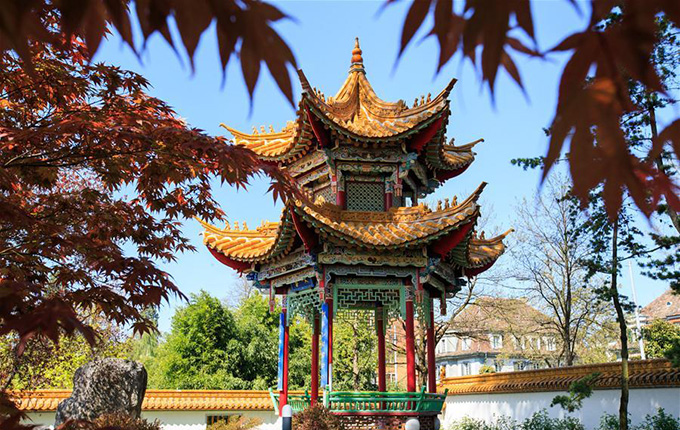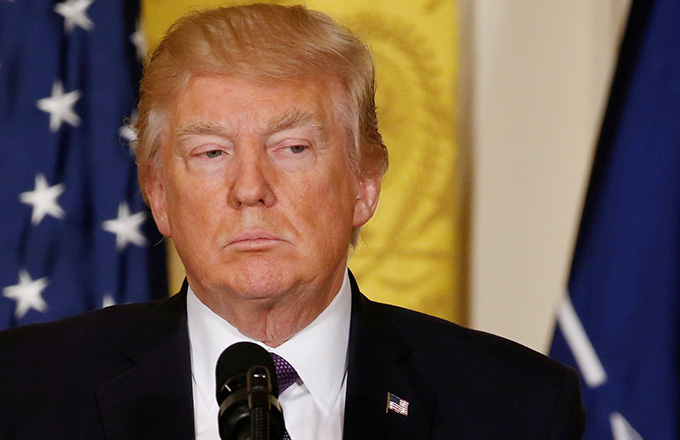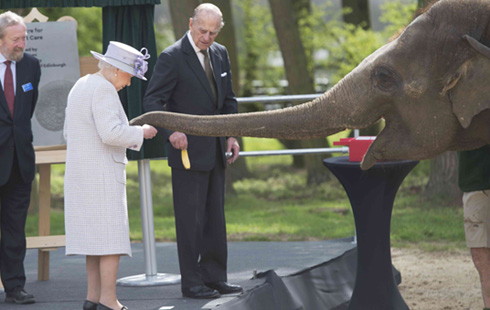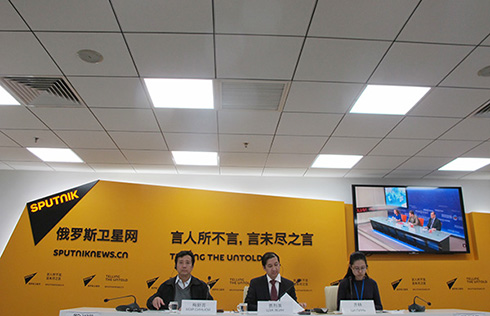China, Russia share path to prosperity
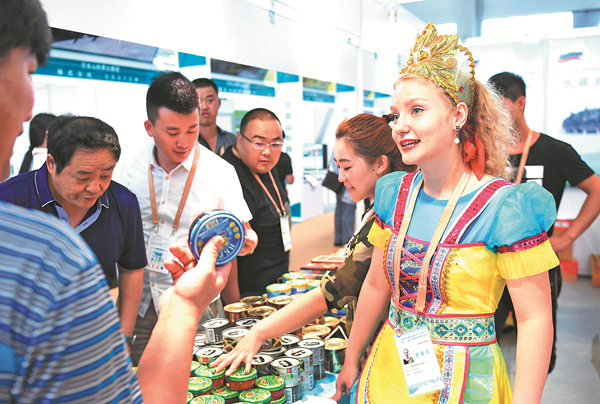 |
|
Visitors to the ChinaRussia Expo in Harbin, capital of Heilongjiang province, check goods from Russia in June last year. The province has close trade ties with Russia, which it borders on. WANG JIANWEI / XINHUA |
Coordination of Belt and Road, Eurasian Economic Union boosts development outlook for both.Ren Qi reports from Vladivostok
Editor's note: This is the first installment of China Daily's special series on the Belt and Road Initiative.
At the Europlastic factory in Vladivostok, the largest city in the Russian Far East, local workers use Italian-built machinery to make plastic bottle caps out of raw materials imported from China.
It is a dynamic that largely reflects the current international business scene in Russia.
The name "Europlastic" highlights an ambition cherished by many Russian enterprises: to thrive in the European market. Yet the company has almost no business in Europe, with overall trade having plummeted since the European Union imposed sanctions on Russia in the wake of the 2014 Ukraine crisis.
At the same time, the fact that the manufacturing plant uses only raw materials from China highlights the need for Chinese imports in Russia's light industry sector.
The situation has created an opportunity for China to foster greater economic cooperation with its large neighbor, especially through the Belt and Road Initiative. The strategy, which revolves around the Silk Road Economic Belt and 21st Century Maritime Silk Road, aims to improve connectivity through trade and infrastructure projects.
In May, President Xi Jinping and his Russian counterpart, Vladimir Putin, signed a joint declaration to coordinate development of the Chinese initiative and the Russia-led Eurasian Economic Union, a bloc established in 2015 that comprises Russia, Kazakhstan, Armenia, Belarus and Kyrgyzstan.
During the St. Petersburg International Economic Forum in June, Putin told Chinese media that the Belt and Road was an interesting strategy that had come at a good time, and all five EEU members had agreed to cooperate under the framework of the Silk Road Economic Belt.
The positive signals from Moscow took some experts by surprise, since the projects were originally seen as potential competitors.
To support the initiative, China established the Asian Infrastructure Investment Bank, pledging $100 billion, and the $40 billion Silk Road Fund to provide low-interest, long-term loans for development projects.
"Regional connectivity is the main objective," Kamel Mellahi, a professor of strategic management at Warwick Business School in the United Kingdom, said of the Belt and Road Initiative. "There's little doubt it's a win-win project for all the countries involved."
Russia agrees. Now, more government officials and entrepreneurs are eager to participate in the Chinese strategy.
Potential
Europlastic, which has seven factories across Russia making polymers, plastics and chemicals products, invested 250 million roubles ($4.3 million) in the Vladivostok plant.
Eugene Belokurov, the plant's general manager, said the facility has yet to turn a profit, but he believes that with technological support and financial investment from Chinese enterprises there is great potential.
Such expectations are common among Russian companies that have started businesses in the country's less-developed eastern areas — so much so that exploring cooperation with China has become a major task for local officials.
Alexander Galushka, minister for development of the Russian Far East, said his country will play a vital role in coordinating development of the Eurasian Economic Union and the Belt and Road Initiative.
Investment projects in the Russian Far East have attracted $16.9 billion, according to the ministry's data. China accounts for 14.7 percent, with the money going toward cement plants, an oil refinery and road construction, as well as $1.2 million for a rivet-manufacturing base in Khabarovsk, about 800 kilometers north of Vladivostok.
The opportunities created by closer ties between the Belt and Road Initiative and the EEU should also interest European countries, he said, but the ongoing sanctions against Russia mean it will be hard for them to share the benefits.
Joerg Wuttke, president of the European Union Chamber of Commerce in China, said Russian efforts to improve the infrastructure along the Eurasian corridor would help Europe, not hurt it.
"The EU's relationship with Russia will not change. Members have made it clear that sanctions will remain," he said. "It's sad: there is a natural fit between Europe and Russia. For example, Europe has huge overcapacity in milk and Russia has a huge shortage of milk, but we cannot trade."
Wu Fei, a Russian studies researcher at the Center for China and Globalization, a think tank, said even though the European economy will be affected by the United Kingdom leaving the EU, the bloc could still have a strong influence on cooperation between the EEU and the Belt and Road Initiatve.
The two initiatives are complementary, he said: the biggest issue for the Chinese strategy is that there are not many investment projects along the Silk Road Economic Belt that can generate quick returns. However, there are plenty of opportunities in EEU countries.
Experts believe Moscow is also hoping the coordination will lead to further cooperation agreements, such as a pan-Eurasian partnership with European nations.
Chris Cheung, director of the EU SME Center, a think tank in Beijing, said China will be a key element if such a relationship is to be realized.
Despite China's economic slowdown, the EU's interest in the Chinese market is still growing, not least because of central government policies aimed at stimulating domestic consumption to fuel growth, he said.
China's industrial supply chain is also being transformed, Cheung added, meaning new technologies will be required to support advanced processes, whether that is machinery or internet software, creating opportunities for innovative European businesses.
As an example of that, Wu cited investment projects in Yekaterinburg, such as a business park currently under construction, that deliberately targeted Chinese enterprises.
"If the Belt and Road Initiative and the EEU can establish dialogue mechanisms, as well as combine the manufacturing and consumption of several countries in an integrated strategic alliance, with China, Russia and Europe all involved, a real pan-Eurasian partnership could happen," he said.







